Old Factories Bloom with New Vitality: New Paths for Industrial Heritage Conservation and Utilization in Zhifu District, Yantai
"This is an indoor zoo; and this is an artistic tea house..." Ju Junchao, the founder of the iDesign Cultural and Creative Industry Park, enthusiastically introduced the various attractions. Just two years ago, this location was the abandoned Yantai Third Cotton Textile Factory. The transformation of this dilapidated industrial site into a trendy art space is just one example of Zhifu District’s efforts in the conservation and utilization of industrial heritage.
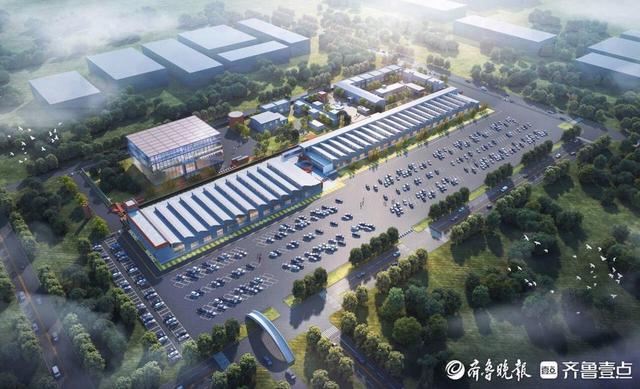
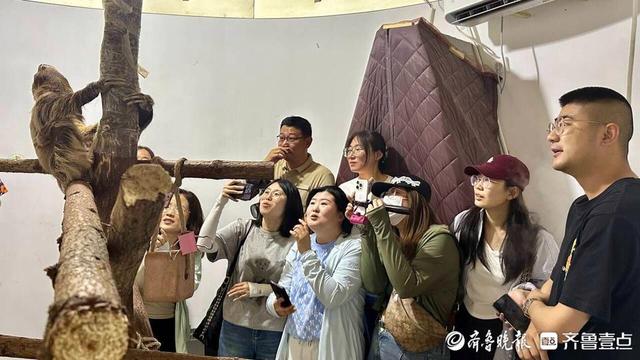
On June 6, the media tour “Centennial Legacy of Industrial Development” visited Zhifu District, exploring several sites, including Yantai Sanhuan Lock Industry, Yantai Chinese Medicine Factory (formerly the site of Yantai Zhongyazhibao Pharmaceutical), the iDesign Cultural and Creative Industry Park, and the Yantai Polaris Watch Industrial Park. The tour delved into the historical and cultural significance of industrial heritage, while showcasing vibrant initiatives that breathe new life and energy into these historic sites.
Reviving Glory: Bringing Old Factory Buildings Back to Life
Heading east along Tongyang Road, the iDesign Cultural and Creative Industry Park comes into view. There is a lively night market, a children's playground, new Chinese-style cafes, an indoor zoo, and designer studios... It has become a popular destination for both residents and tourists, while also creating a "Yantai model" for designer-focused creative industry parks.
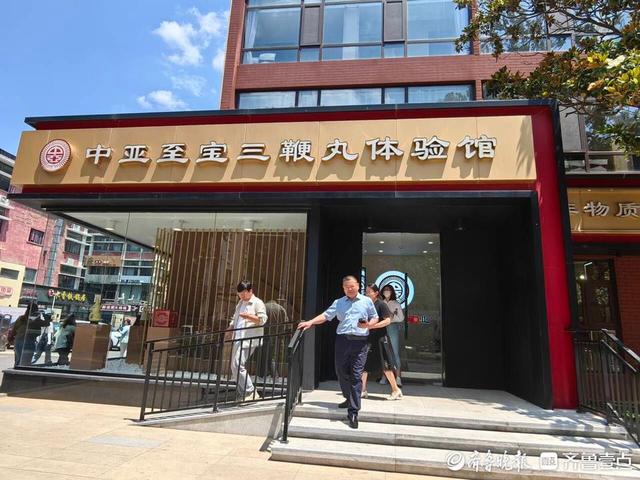
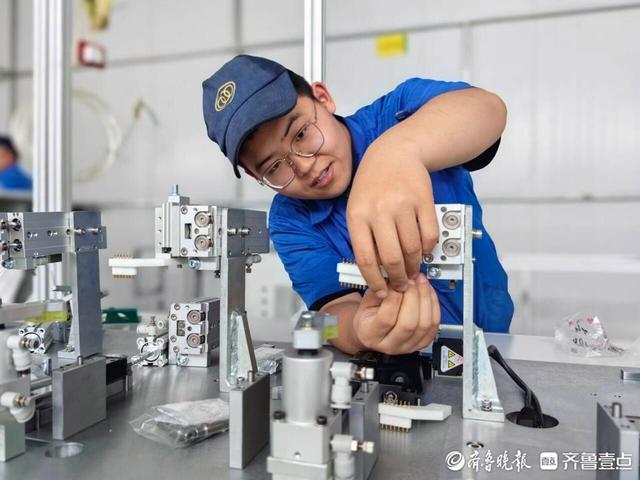
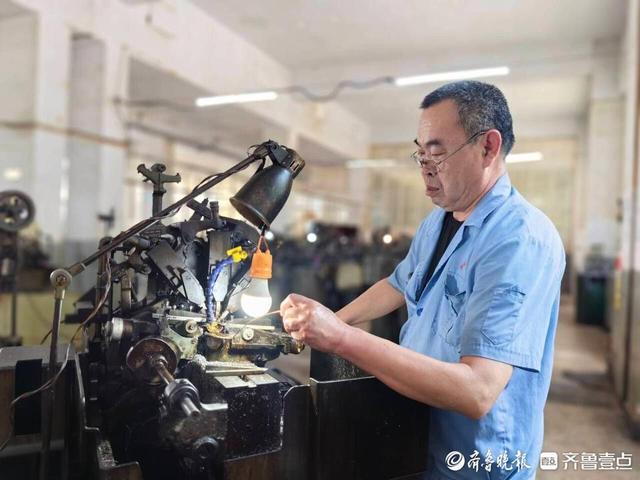
The Fantasy Forest Zoo inside the park is particularly popular among visitors.
It’s surprising that this stylish park was once an abandoned factory. The original site of the park was the Yantai Third Cotton Textile Factory. "The old factory buildings are Russian-style architecture, built in 1963. They are very beautiful," said Ju Junchao. When he first encountered the site, he felt a strong urge to renovate it into a unique designer “art space” for Yantai.
Ju didn’t hesitate to act on this idea. A native of Yantai, he had worked as an architect in Shenzhen for ten years. He returned to his hometown with passion and determination. In 2022, he began renovating the old factory while simultaneously launching efforts to attract investment.
The renovation process involved removing debris, upgrading public utilities such as water and electricity, preserving the factory’s structural design, remodeling exterior walls, and promoting investment. During this process, Ju received strong support from the Wolong Garden Management Committee. Thanks to their joint efforts, the abandoned factory area has been transformed into a vibrant cultural and creative park.
"The park covers 110 acres and has so far attracted 80 businesses. It is the largest, fastest-growing, and most rapidly developed designer industry park in Yantai," Ju said proudly. "Looking back, the initial impulse was absolutely worth it."
While providing visitors with a leisure spot, the park also serves as an incubator for creative design talent. Young designers can now interact with experts right on their doorstep, without having to leave their hometown. Currently, over 100 designers have already settled in the park, coming from 11 fields, including architecture, industrial design, fashion, advertising, spatial design, and graphic design.
Qu Youyang, the manager of Fantasy Forest Zoo, was one of the first tenants. "The park's layout is perfect for us, so we decided to settle here immediately after our first visit," Qu said. "We officially opened the zoo during the May Day holiday, and business has been good. On peak days, we can attract up to 2,000 visitors. In addition to animal viewing, we also host educational groups and offer services such as coffee, food, and educational programs."
Yantai Third Cotton Textile Industry represents a reinvention of old architecture, while the Yantai Zhongyazhibao Pharmaceutical Factory (formerly Shandong Yantai Chinese Medicine Factory) plays an important role in preserving the region's industrial heritage. Founded in 1931, Yantai Zhongyazhibao Pharmaceutical Company has a history of 93 years and is the oldest surviving Chinese medicine manufacturer in Yantai. It stands as a testament to the history of Chinese medicine manufacturing.
"Zhongyazhibao Sanbian Wan Experience Hall was renovated from the office building of the old factory. It primarily showcases the culture of Chinese medicine, the millennium-long history of Zhibao Sanbian Wan, and the century-long journey of Zhongya Pharmaceutical. We aim to create a new recreational experience for consumers," said Zhang Qimin, Brand Director and Director of the Intangible Cultural Heritage Museum at Yantai Zhongyazhibao Pharmaceutical Factory. Currently, the company’s main production operations have moved to a modern plant on Airport Road. However, in the future, the old factory area will be renovated to preserve its historical significance. The goal is to create a high-quality cultural and creative park, a health-preservation base, and a platform for disseminating Chinese medicine culture.
Old Brands, New Trajectories: Revitalizing Industrial Legacy
Industrial heritage serves as a carrier of industrial culture. As a "China Time-Honored Brand" and a leader in the lock industry, Yantai Sanhuan Lock Industry Group Co., Ltd. continues to innovate and has developed a "new trajectory" through its renovation.
Yantai Sanhuan Lock Industry Group Co., Ltd. has now become a national leader in a specialized manufacturing industry.
Founded in 1930, Sanhuan Lock is the birthplace of modern lock manufacturing in China. Over the years, it has expanded from a single lock-producing business into a national champion in industries including automotive components, electroplating, printing, and more.
"Currently, our largest business volume is in automotive locks. Among Chinese enterprises, our market share for automotive locks ranks first nationwide," said Fu Weinuo, Party Secretary, Deputy Chairman, and General Manager of the Automotive Lock Division. According to Fu, the company began planning its transformation in the mid-1990s. He clearly remembers receiving their first automotive lock order in 1997. Since then, he was transferred to the automotive lock sector, witnessing its growth from scratch to dominance.
In Fu Weinuo’s view, upgrading and transformation are the core competencies of the enterprise and the key to revitalizing old factories. From OEM (Original Equipment Manufacturing) production to independent research and design, Sanhuan Lock Industry seized the wave of the rising automotive industry through exploration and has also created its own "new track." To meet market demands, the company is currently upgrading its equipment for greater intelligence and automation.
Unlocking New Possibilities: Polaris Watch Industrial Zone
Another compelling story of transformation is unfolding at the Yantai Polaris Watch Factory.
As you walk through the factory, buildings such as the "300,000 Building" and the "1 Million Building" stand out, reflecting the ambitious production capacities envisioned during their construction. The entire complex exudes a strong industrial atmosphere.
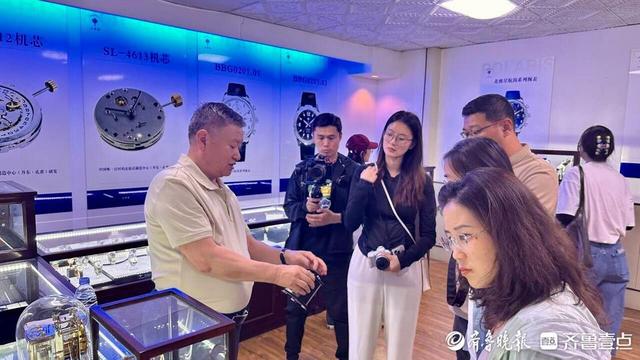
The predecessor of Polaris Watch was the Baoshi Clock Factory, founded by the pioneering entrepreneur Li Dongshan in 1915. Over the past century, Polaris has evolved into the only century-old national enterprise in the domestic watch industry, not only manufacturing timepieces but also offering comprehensive time management systems.
"In line with our development plan, we began the restoration and upgrading of the industrial park in March, adhering to the principle of 'restoring it to its original state'," said Wang Quanzhang, General Manager of Polaris Watch. To preserve the building's original charm, features such as antique door frames, floor tiles, and ceilings have been maintained. At the same time, outdated machinery has been replaced, achieving the goal of "new functions in old spaces" and enabling both transformation and development.
Creating distinctive cultural and tourism resources is an effective approach to revitalizing and utilizing industrial heritage.
For the development of the industrial park, Polaris has outlined a clear vision. Over the next 3-5 years, the Polaris Watch Industrial Park plans to focus on experiential industrial tourism, build a modern, garden-style green factory, create a "transparent factory," and establish a comprehensive cultural tourism area. This area will integrate interactive experiences, industrial science education, and watch-related research projects. It will also synergize with the Polaris Watch Cultural Museum to establish a new business model that combines the watch industry with tourism.
Preserving Industrial Legacy for Innovational Development
Industrial heritage is a crucial component in preserving the historical narrative and cultural memory of cities. As an industrial city, Yantai is rich in industrial heritage resources.
In 2018, the Ministry of Industry and Information Technology (MIIT) issued the "Interim Measures for the Conservation and Management of Industrial Heritage," marking the official commencement of industrial heritage protection in China. That same year, the MIIT announced the first batch of 13 national industrial heritage sites, with Yantai's Zhangyu Winery Company ranking first. It was also the only selected project from Shandong Province. This recognition carries the legacy of patriotic industrialists who dreamed of prospering the country through industry and marks the beginning of industrialization in Chinese winemaking. The underground wine cellars, the old door of Zhangyu Winery, and Sun Yat-sen's inscription "Ping Zhong Li Quan" (Tasting the Precious Wine) are the key elements that contributed to its selection as a national industrial heritage site.
As an old urban district, Zhifu District has carved out a unique path for the conservation and innovation of industrial heritage.
In recent years, Zhifu District has focused on tapping into its historical resources, continuously communicating policies to enterprises, and helping them realize that the protection and rational development of industrial heritage can create new economic opportunities and drive the prosperity of related industries. The district has also engaged with resources from the MIIT to assist companies in applying for industrial heritage status.
A set of statistics highlights the "richness" of industrial heritage in Yantai. Currently, there are 14 national industrial heritage sites in Shandong, with 2 located in Yantai, ranking second in the province. All of these sites are situated in Zhifu District, namely the former Yantai Liquan Brewery and Zhangyu Winery's wine cellars. The first batch of industrial heritage sites in Shandong included 11 sites, with 2 in Yantai, ranking first in the province. Again, all of these sites are located in Zhifu District, specifically the former Yantai Chinese Medicine Factory and Yantai Polaris Watch Industrial Park. Zhifu District is the only district in Yantai with industrial heritage sites.
Effectively managing and utilizing industrial heritage is an essential aspect of preserving and passing on historical and cultural heritage. In recent years, Zhifu District has focused on the protective development and utilization of industrial heritage. The district has revitalized Zhangyu's industrial heritage by establishing the Wine Culture Museum, investing over 70 million yuan to enhance maintenance, repairs, and protection. In line with the urban renewal plan of the municipal government and party committee, Yantai Beer will leverage its century-old history as a backdrop. The historic Yantai Beer Workshop and the century-old Yantai Beer culture will serve as the foundation for creating a cultural and creative park. This park will combine "culture, business, and tourism," with a focus on the city’s industrial heritage and history. This revitalization will become a dynamic new area in the urban renewal process, promoting a new lifestyle.
In the future, Zhifu District aims to bring more forgotten industrial heritage back to life, telling the evolving story of Yantai and infusing modern value and brilliance into the city's cultural identity.

